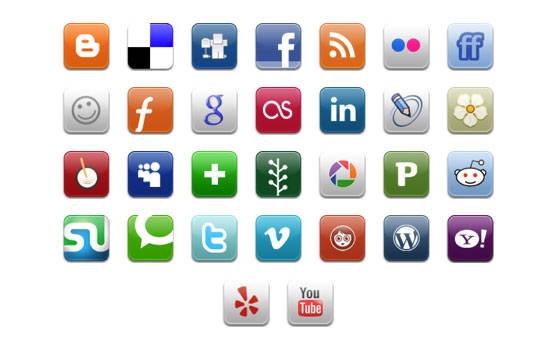 According to an article in Combridges.com – One of the coolest things about the Web is that when an idea takes off, it can propel a brand or company to seemingly instant fame and fortune. For free. Whatever you call it—viral, buzz, word-of-mouth, or via a blog—having other people tell your story drives action. One person sends it to another, then that person sends it to yet another, and on and on.
According to an article in Combridges.com – One of the coolest things about the Web is that when an idea takes off, it can propel a brand or company to seemingly instant fame and fortune. For free. Whatever you call it—viral, buzz, word-of-mouth, or via a blog—having other people tell your story drives action. One person sends it to another, then that person sends it to yet another, and on and on.
Word-of-Mouth Empowers You
For decades, the only way to spread our ideas was to buy expensive advertising or beg the media to write (or broadcast) about our products and services. But now organizations have a tremendous opportunity to publish great content online—content that people want to consume and that they are eager to share with their friends, family, and colleagues.
Social media can be used to enhance word-of-mouth marketing as much as (or better than) good customer service. Social media encompasses technologies such as websites, blogs, RSS feeds but really comes down to the big three social media giants of Twitter, LinkedIn and Facebook. Because of the ever-changing nature of new technology, the tactics for social media shift regularly. Even with the changing tactics, the core principles stay the same.
Websites
Websites are a critical component to building a business in today’s marketplace and are a great tool that can help to build the emotional connection with customers. Customers are more sophisticated than ever so the key is to ensure that the website has relevant content that adds to the user’s experience and provides information that the customer needs/wants to see.
Building relevant content that the customer needs to see can be difficult. As difficult as relevant content development can be, your website is really the foundation for your social media efforts. For your website, it is important to remember that something looking pretty has never been enough of a reason to include it on a website. The website needs to be pertinent and relevant to what customers need and want to know. You can then use social media to properly distribute that content.
Blogs
Blogging is one of the purest forms of word-of-mouth marketing. Blogging allows for the marketer to develop a website that provides customers with relevant, timely information and, by using the website, the marketer can publish that information. Traditionally, blogs have been published via RSS, which allows people to subscribe to content via an RSS reader or email. More and more often, customers are turning to social media outlets to find their new information. They expect their social media timeline to give them the information they need when they need it.
Blogs encompass any type of timely information such as news stories, client case studies and other routinely updated content. Blogs can help shape the way clients use your website to gather the most relevant information when they need it. Social media allows your customers to more readily find that information and engage in conversation surrounding that content.
Social Media
Both the company and customer benefit from a more personalized account of what’s happening. The reason this is true is because of the sophisticated nature of customers today. Customers do not want to be spoon fed information; they want to be a part of the conversation. Treating customers as an equal instead of people that just do not have the knowledge or understanding will allow them to feel a part of the conversation.
As mentioned before, blogs allow you an opportunity to create postings that are timely and relevant to today’s news and information. Social media allows for customers to return back comments to allow for an online two-way conversation that all can be a part of.
The best part about social media is that it works both ways. In order to provide the most relevant information to your customers, you can post comments to other blogs and social media postings just as easy as you can create your own post. You have the ability to contribute to conversations that others have started just as well as starting your own conversations. People want to talk about what you are interested in… you just have to find them.
Nothing is guaranteed to go VIRAL
There are people who will tell you that it is possible to create a viral campaign that will certainly be a hit, and there are agencies specializing in taking money and making promises. But I’ve noticed that when organizations (and their agencies) set out to go viral, the vast majority of their campaigns fail.
Planet Lounge a firm that says that its virtually impossible to create a Web marketing program that is guaranteed to go viral; it requires a huge amount of luck and timing. That’s an important point to remember as you work on viral marketing ideas, because it’s unlike the old-rules, numbers-based marketing techniques you’re probably used to. Consider a direct mail campaign: You could always count on a direct mail piece to generate a known number of responses, say 2 percent. So if you needed to have 100 people respond, you sent out 5,000 mailers. Easy, right?
They also believe that many efforts fail miserably, and there are countless Web sites, e-books, and videos that have not gone viral. However, tomorrow those same marketers might get lucky and get a million people to view their content, driving tens of thousands of people’s to their products and services.
